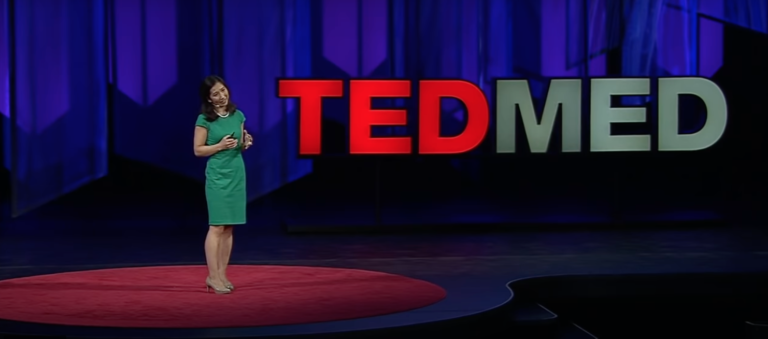Digital Divide Still Prevalent
 By Lisa Nelson, http://blog.howto.gov/2012/04/20/digital-divide-still-prevalent/
By Lisa Nelson, http://blog.howto.gov/2012/04/20/digital-divide-still-prevalent/
The rapid adoption of mobile and mobile devices is providing Internet access to those who had little or no none before.
With almost 90% of American twenty-somethings accessing the Internet through smartphones or tablets, the digital divide may narrow significantly by the end of the decade.
Despite this sunny future, a PEW Internet report looks at differences in digital access and use among American adults and finds one in five people do not use the Internet.
While increased Internet adoption and the rise of mobile connectivity have reduced many gaps in technology access over the past decade, for some groups digital disparities still remain.
The report finds that those most likely to be part of the digital divide include:
- Senior citizens (although they are catching up fast)
- Those who are not proficient in English*
- Adults without a high school education
- Households earning less than $30,000 per year
Why are some people not using the Internet? The main reason appears to be that they just aren’t interested and no one else in the household goes online.
- 48% say the main reason they don’t go online is because they don’t think that the Internet is relevant to them
- 21% mention price-related reasons, and usability issues — such as not knowing how to go online or being physically unable to
- 6% say a lack of access or availability is the main reason they don’t go online.
What are other opportunities for government to help close the digital gaps and better serve customers?
*Hispanics are among the highest users of mobile devices.
Wayne’s View:
In our digital society today, having access to the Internet via fast & affordable broadband connections means having access to
- Jobs (e.g. telework, online resumes, and Linkedin),
- Education (distance learning and the Harvard/MIT edX online education project),
- Healthcare (telemedicine and telehealth),
- Entrepreneurship (e-commerce), and
- Government (political activism and e-government websites).
Those without access are largely left out of society, so government should promote awareness, better service at lower cost through real competition, and help filling gaps in broadband availability, such as in rural or inner city neighborhoods that big service providers ignore as unprofitable.
The FCC’s Broadband Progress Report highlights many remaining concerns and includes my vision of BIG Broadband and the Future of Gigabit to the Home. I also wrote about this topic in High Fiber and the Future of the Internet (and mHealth) and in a video presentation that I submitted to the FCC as part of the contest, “Lifted by the Cloud.”

